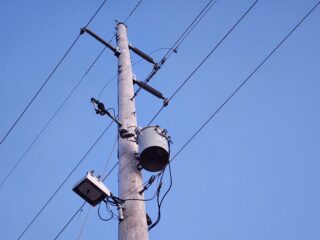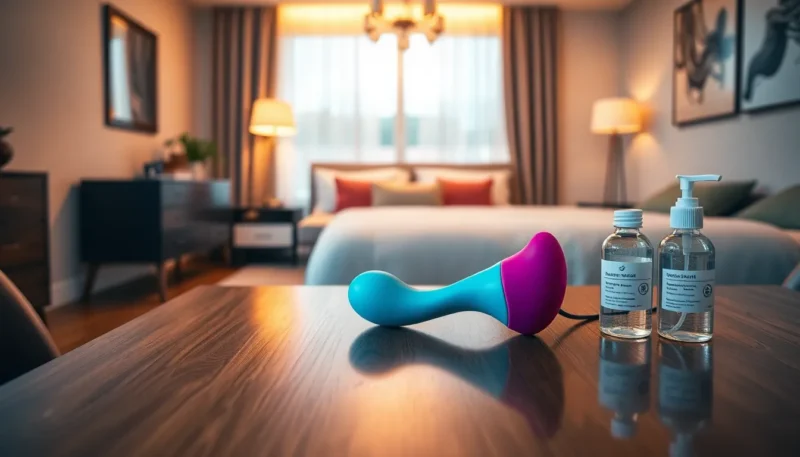
No matter how much space a home or commercial layout starts with, it never feels like enough once people start living or working there. Cabinets fill up fast, closets overflow, and adding new storage often means taking up more floor space.
A smarter fix? Floor access panels.
They turn the space underneath into practical, hidden storage compartments. These panels help keep rooms clean and organized without changing the area’s outlook .
However, designers, renovators, and space specialists need to know how to choose them and where to place them for a modern, clutter-free design.
Understanding Floor Access Panels
So, what exactly is a floor access panel? It’s a specially designed door that provides hidden, secure, and easy ways to get into the space beneath the floor.
There’s roughly one foot depth between the surface and the structural layer in wood-frame buildings or those with raised flooring. That’s enough room to store boxes, tools, or even small safes.
One can turn that hidden space into functional storage using floor access panels without changing the layout. There are several types to fit different needs:
- Recessed/Infill Panels: These nifty panels are designed to hold the same flooring material (like tile, carpet, or wood) right into them. This makes the panel almost invisible, blending perfectly with the rest of the floor.
- Hinged Panels: These open like a regular door, and are great for things people don’t need to get to often.
- Lift-Out Panels: They’re completely removable, perfect for when a wide-open space is necessary, but not very often.
- Specialty Panels: These are made for specific needs, such as extra strength for heavy loads or locking features for high security.
Floor panels are durable, often made from strong materials like aluminum or steel. They usually feature sturdy frames, secure locks, and sometimes even gas struts to make opening easy.
Why Floor Access Panels Are a Smart Addition for Storage
Floor access panels offer several key benefits, making them an intelligent choice for any organized space.
Maximizing Unused Vertical Space and Facilitating Hidden Storage
One of the biggest advantages of floor access panels is how they help property owners use space they didn’t even know existed. This makes it easy to tuck away items that would otherwise create clutter neatly.
These include items such as:
- Seasonal decorations or extra products in a retail store.
- Messy cables, network equipment, or server parts in an office.
- Plumbing, electrical, or heating/cooling system parts in homes or businesses.
- Special tools or equipment in industrial settings.
Property owners can easily create organized compartments and sort specific items, leading to a much tidier and more organized layout.
Enhancing Aesthetic Integration and Design Flexibility
For designers and contractors, how a space looks is just as important as how it functions. Floor access panels, especially the recessed ones, excel here. These invisible access panels let you lay the same flooring material on top, keeping the floor smooth and unbroken.
Most access door suppliers also provide custom access solutions for design flexibility, whether the project needs a unique size, a specific framing, or other customization to match different finishes.
This all contributes to a clean, minimalist finish that fits perfectly with modern design trends.
Improving Operational Efficiency and Workflow
Beyond aesthetics, these panels also make spaces work better. No more wasting time searching for items or struggling to get to utilities. They allow fast, easy access to storage areas or hidden utilities without moving heavy furniture or disturbing the floor layout.
This means faster service, quicker problem-solving, and less downtime for businesses.
Further, many floor doors come with safety and security features. These include secure locks to prevent unauthorized access or anti-slip surfaces to prevent tripping accidents, especially in high-traffic areas.
Key Considerations for Safety and Longevity
Specifying the correct material is non‑negotiable for floor panels because of the expected foot traffic.
Aluminum and galvanized steel panels or tile infill lids are popular for residential projects. A load rating of 150 pounds per square foot is often sufficient for foot traffic and household loads.
Commercial or industrial spaces, on the other hand, may require more heavy-duty panels to handle pallet jacks or loaded hand trucks. These include aluminium and reinforced concrete infill lids with ratings of 300 pounds per square foot or more.
Always cross‑check:
- Load-Bearing Requirements: Make sure the panel can handle the weight of expected foot traffic or equipment.
- Fire Ratings and Building Codes: Ensure the panel meets local safety and building regulations. For instance, some jurisdictions mandate self‑closing or gasketed lids.
- Ventilation Needs: If storing heat-generating equipment underneath, ensure proper airflow.
- Professional Installation: Accurate fitting is key for the best look and performance.
- Corrosion or Other Environmental Factors: Moist basements need powder‑coated or stainless frames. Similarly, flood-prone areas need flood-resistant panels, etc.
Ideal Locations for Storage-Focused Floor Access Panels
Thinking about where to install floor access panels to maximize storage? Here are some prime spots:
For residential spaces, consider:
- Garages or Workshops: They’re perfect for seasonal items, car repair tools, or even hidden lifts for vehicles.
- Basements/Crawl Spaces: These are great for accessing plumbing cleanouts, sump pumps, or long-term storage of less-used items.
- Utility Rooms/Closets: The areas provide discreet floor access for central vacuum systems and water filters.
- Living Areas: Hidden compartments can be created for valuables, media equipment, or children’s toys.
Commercial & Retail Environments:
- Retail Floors: Use them for concealed storage of extra inventory, display props, or to manage wiring for point-of-sale systems.
- Offices: They’re ideal for underfloor storage of old documents, spare IT equipment, or networking cables.
- Warehouses/Industries: Provides easy access to floor-level machinery, specialized tools, or bulk materials.
- Venues: Useful for under-stage props, equipment, or complex wiring storage.
Conclusion
Floor access panels offer a fantastic mix of practicality, efficiency, and aesthetic appeal. The challenge for renovation contractors is adding smart storage that supports safety, style, and efficiency.
As such, the material, load rating, design, and placement of these panels are important factors to consider before starting any installation. By selecting the right floor access panels, contractors deliver practical storage solutions, cleaner lines, and durable access.













